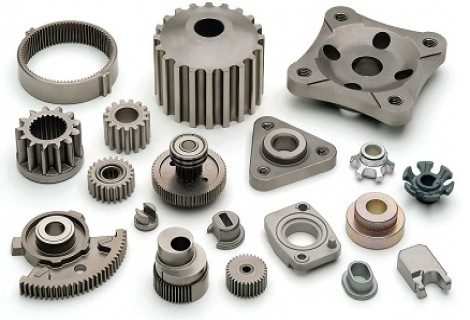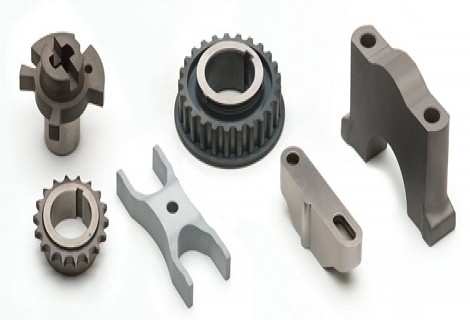Metal sintering process
Sintering, also known as powder metallurgy, is a process that consist in apply pressure and a high temperature (ever under melting point) to a powdered material. Thus material compact and form a solid mass. Besides sintering presents some advantages:
- Completely controlled composition (is possible mix metals and ceramic materials)
- Doesn't exist loss of material for chips or disrepair.
- Structural pieces with complex shapes.
- Controlled Porosity (Impossible by another method).
- Special properties such as hardness and wear resistance.
- Great precision and good surface finish.
- Large series of pieces with narrow tolerances.
Disadvantages of the powder technology are:
- Inferior mechanical properties due to the porosity of the material.
- Design limitations: uniform section in the direction of compacted, limited slenderness, etc.
- Some powders of fine grains present a risk of explosion, such as aluminum, magnesium, zirconium and titanium.
MATERIALS AND PRODUCTS
Through this process is possible manufacture metallic, ceramic and polymeric products. Sintering is often chosen as the shaping process for materials with extremely high melting points such as:
- Tungsten
- Molybdenum
- Titanium
- Cobalt and nickel super alloy
- Alumina
- Zirconia etc
Parts made by sintering are used in the areas of tools and industrial machinery, automotive, elevators, the armoury, cutlery, etc. In all these sectors, the sintered metal parts provide objects with high porosity which act as filters, objects of refractory materials, and pieces of metal carbides, among others such as bearings, camshafts, cutting tools, piston rings, valve guides, self-lubricating bushings....


